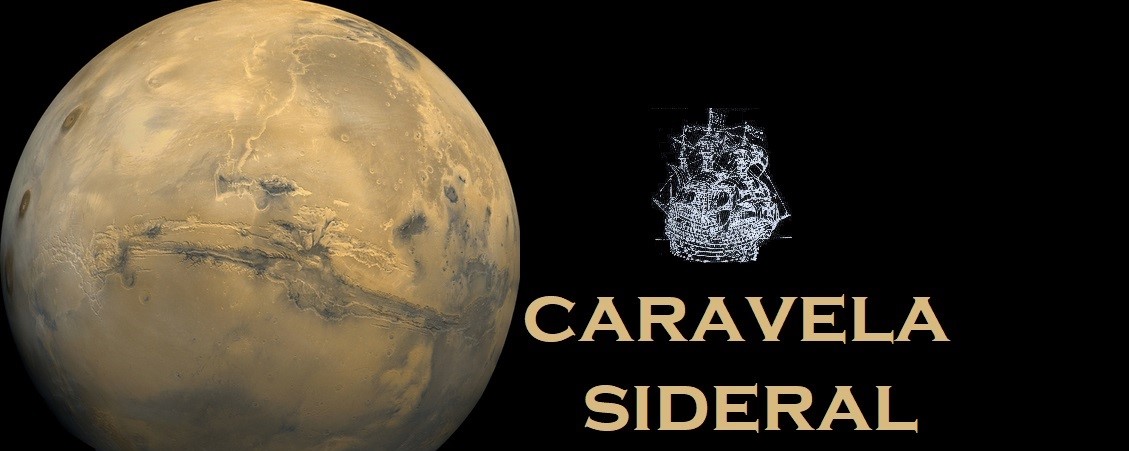Já
aqui falámos deste extraordinário telescópio do Arizona.
No entanto, os melhoramentos que estão a ser feitos nesta máquina, vão torná-lo ainda mais potente.
O primeiro instrumento instalado, foi o Potsdam Echelle Polarimetric and Spectroscopic Instrument (PEPSI) que já começou a apresentar resultados surpreendentes da análise espectral do Sol e de outras estrelas.
O segundo instrumento, que vai ser instalado futuramente, o SHARK, é basicamente um coronógrafo, constituído por dois aparelhos, o SHARK-VIS que funciona com luz visível e o SHARK-NIR que trabalha na zona do infravermelho próximo.
Os dois aparelhos vão funcionar em paralelo, em conjunto com os dois espelhos de 8,4 metros, que são a característica mais evidente deste telescópio.
A função do SHARK é a redução ao máximo da luz das estrelas observadas deixando espaço para os planetas se destacarem, e trabalhando em conjunto com o sistema óptico adaptativo do LBTO, com o PEPSI e com a LMIRCam (camera digital e coronógrafo) prevê-se que se venha a conseguir as primeiras imagens mais detalhadas de exoplanetas assim como uma análise espectral muito mais avançada e promete grandes avanços na observação de núcleos galácticos, estrelas e respectivas nuvens de gás e de poeira e até de asteróides...
Além disso, a instalação destes instrumentos serve de teste à futura instalação de instrumentos mais avançados no futuro Giant Magellan Telescope.
We have already spoken
here of this extraordinary Arizona telescope.
However, the improvements that are being made to this machine will make it even more powerful.
The first installed instrument was the Potsdam Echelle Polarimetric and Spectroscopic Instrument (PEPSI) which has already begun to present surprising results from the spectral analysis of the Sun and other stars.
The second instrument, to be installed in the future, SHARK, is basically a coronagraph, consisting of two devices, SHARK-VIS that works with visible light and SHARK-NIR that works in the near infrared zone.
The two devices will work in parallel, together with the two 8.4-meter mirrors, which are the most obvious feature of this telescope.
The SHARK's function is to minimize the observed starlight leaving room for for the planets to show themselves, and working in conjunction with the adaptive optical system of the LBTO, PEPSI and LMIRCam (digital camera and coronagraph) is expected that will get the first detailed images of exoplanets as well as a much more advanced spectral analysis, and promises great advances in the observation of galactic nuclei, stars and respective clouds of gas and dust and even of asteroids ...
In addition, the installation of these instruments will test the future installation of more advanced instruments in the future Giant Magellan Telescope.
 |
| Representação gráfica do / Graphic representation of SHARK-VIS |
 |
| Representação gráfica do / Graphic representation of SHARK-NIR |
 |
LBTI, o interferómetro do LBT, é a estrutura verde no meio dos dois reflectores.
LBTI, the LBT interferometer, is the green structure in the middle of the two reflectors.
Imagens LBTO |


















